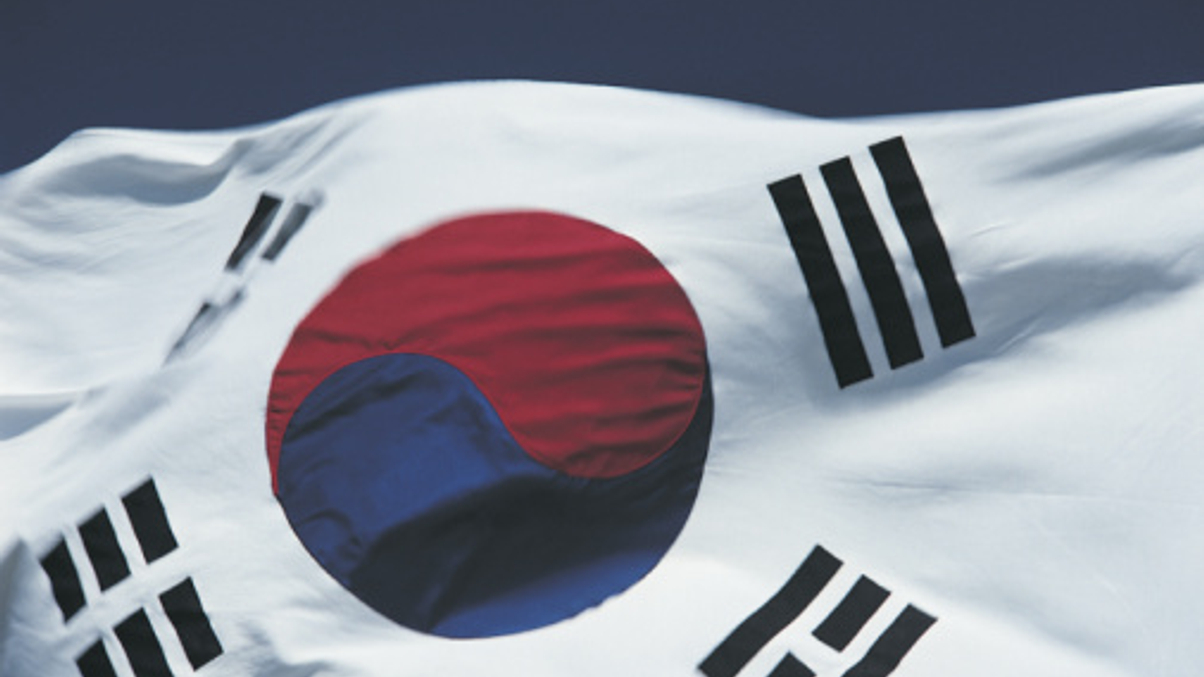Doubts raised about new Korean rules
Fund managers question the likely effectiveness of a raft of recent measures from authorities designed to drive domestic investment.

No one can accuse the Korean authorities of sitting on their hands over the past year in their efforts to drive domestic investment and reinvigorate the struggling local stock market.
Sign in to read on!
Registered users get 2 free articles in 30 days.
Subscribers have full unlimited access to AsianInvestor
Not signed up? New users get 2 free articles per month, plus a 7-day unlimited free trial.
¬ Haymarket Media Limited. All rights reserved.


